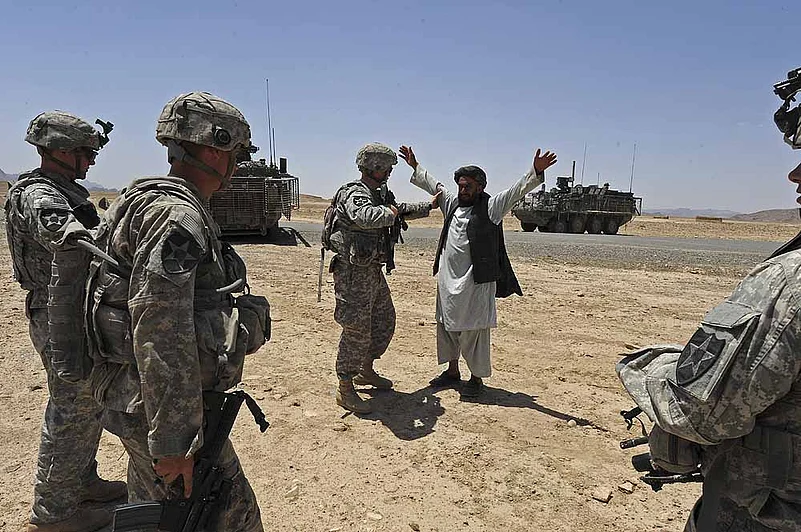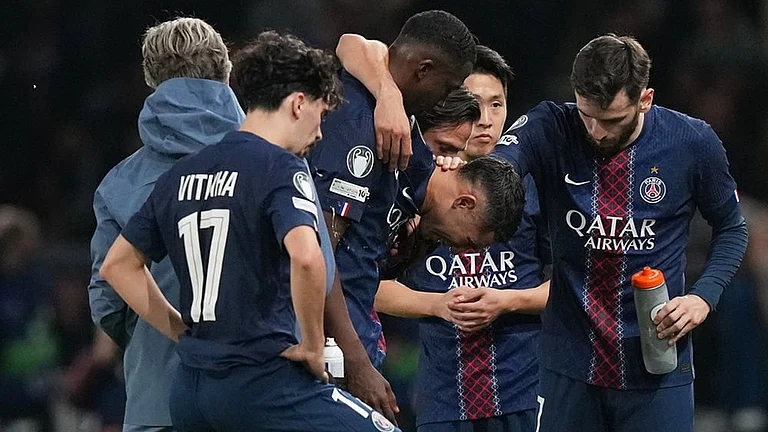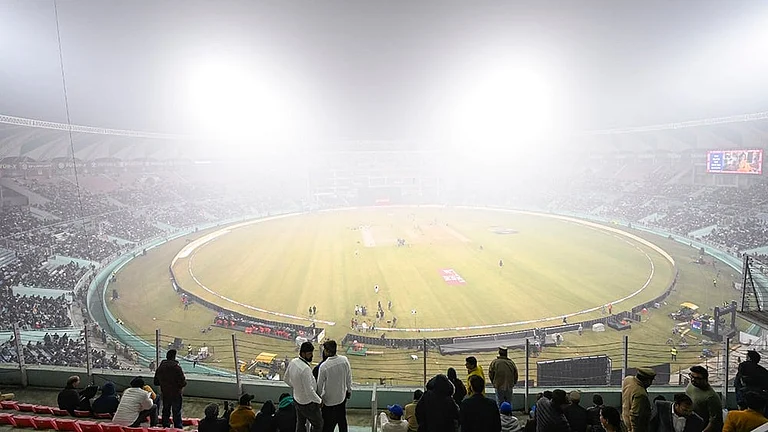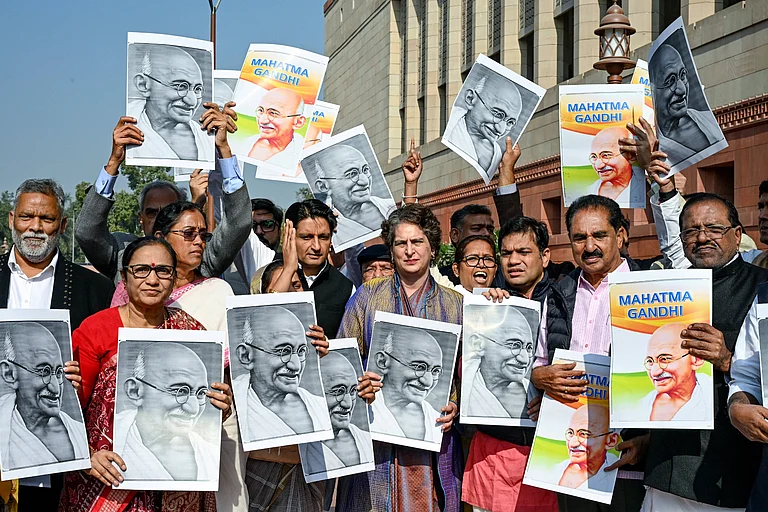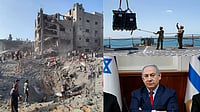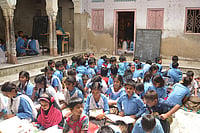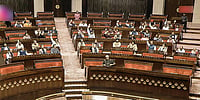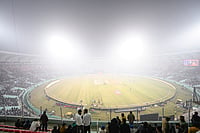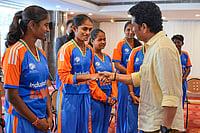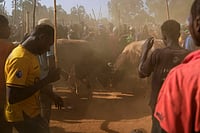Many of my assignments were extremely dangerous. War reporting from the frontlines in Afghanistan and Sri Lanka was life-threatening. Tank fire gouged the sandy ground 20 feet away from where I was, missing me by seconds. Powered by my instincts, I had run and so survived the battle to tell the tale. On other occasions, mortar and grenades fell around me within 100 meters. In Kabul, I was chased and my crew beaten by Taliban cadres who had banned television and women from working; punishing us publicly for daring to flout their laws. For the Taliban, America was enemy and our CNN logos were dead giveaway. In their eyes, my Indian passport made me a RAW agent. All the odds were stacked against me in just doing my job. Doing it in the midst of a hot, live war made it borderline crazy. But these were risks I knew I had to take—how else could you report war for television?
But life as a print journalist was no less dangerous when I was in Sri Lanka, reporting for Sunday, India Today and Time magazine. Going into LTTE-controlled areas meant tiptoeing across land-mined no-man’s land. One false step, and you could be either dead or maimed. Once I had to get out of my hired taxi and wave a white cloth desperately as aerial-strafing, low flying helicopters appeared in Batticaloa. Those days, Jaffna was crawling with Tamil guerrillas of all shapes, sizes, backgrounds, ideologies—or lack thereof. I was waylaid by two gun-toting teenagers who wanted to steal my car. I got out, stood to my full height and shouted down at them, drumming up not just courage but sheer will to dominate. Any sign of weakness and I knew I they would rob, not just the car, but my life. It turned out they belonged to a group called ENDLF. Another time, my car was waylaid by two hysterical guerrillas with AK 47s who pulled out my driver by the scruff of his neck. They were trying to hijack my car. I leapt out from the backseat and demanded to know what they were trying to do. I knew something was wrong. It turned out their leader had managed to shoot himself in the leg and they needed to take him urgently to a surgeon. They belonged to group called EPRLF. I calmed the two guerrillas, told them to bring their leader and said I would take them all in my car to the nearby camp hospital set up the Indian soldiers. I did that and eventually drove away with their gratitude and, more importantly, the car and my life intact, though the driver had a tough time cleaning the blood-stains.
But it’s not only war zones that are treacherous. When I exposed political corruption in Tamil Nadu, local groups threatened to throw acid on my face and I had to live under police protection in Chennai. Following Bal Thackeray’s threats after my interview was published in Time, I lived under police protection in Delhi. When I deposed before the Sri Krishna Commission that inquired into Mumbai riots, Justice Sri Krishna ordered police protection for me in Mumbai. I have reported riots, crime, murder, war. I have been in the loneliest of places in the darkest of times. But I have never ever faced sexual aggression. How does one interpret this? That the deadliest war zones were safer for women journalists than are moving buses, isolated warehouses and mean streets of India today for young women? I have done investigative stories on gang rape and infant rape 25 years ago. The underlying factors and causes still remain unaddressed. Such societal neglect is as horrifying as the continuing incidents.
A slightly edited, shorter version of this appeared in print
Anita Pratap is a journalist and author






